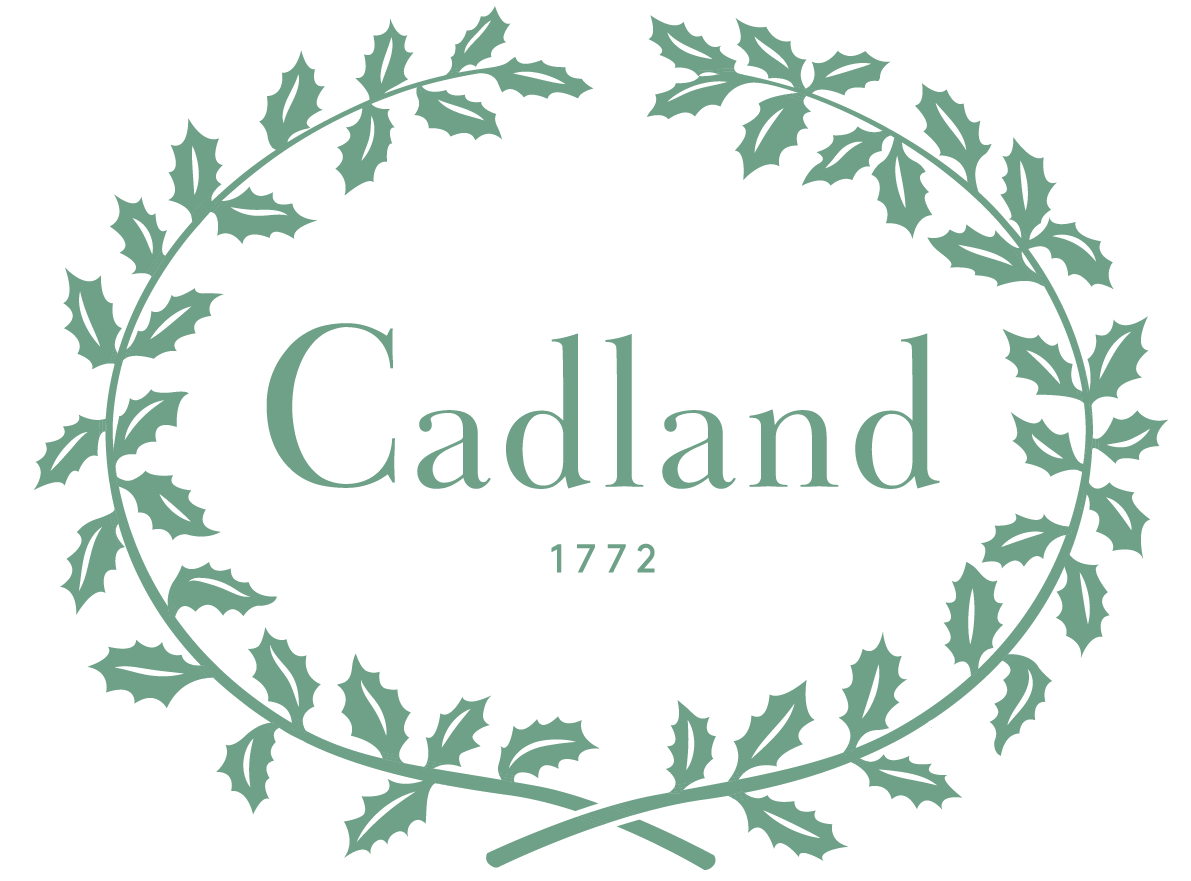Cadland Estate has five miles of coastline with nature reserves, beaches, mud flats, fresh and salt water marshes. Inland there are heather heaths and ancient woodland interspersed with farmland. It is a varied patchwork of different habitats, with an extraordinary abundance of rare biodiversity.
Camouflaged Ringed Plover Eggs. Cadland Conservation Beaches
Cadland Estate is home to 65 recorded species protected ‘Under Wildlife and Conservation Act 1981’, as well as 3 European protected species and over 22 other rare species.

Conservation is right at the very heart of Cadland, with its varied patchwork of precious habitats providing a unique opportunity to enhance the bio-diversity and carbon sequestration capability of the Estate.
Cadland Estate’s coastline is of outstanding importance with coastal and marine habitats attracting flocks of migrant water birds. We plan to create and build a saline lagoon which acts as a sanctuary for wintering birds. The undisturbed shingle beach, (an internationally important Nature Reserve), is one of the last places in the Solent to provide a nesting habitat for the Ringed Plover, a bird recently added to the Red List of Birds of Conservation Concern. Cadland Beach is now the only site left with Portland spurge (Euphorbia portlandica) on the Hampshire coast. The beach also supports a range of shingle plants including probably the largest population of the rare Little Robin (Geranium purpureum ssp forsteri) in the country, alongside carpets of coastal plants such as Sea Campion, Sea Thrift, the Nationally Scarce Catillaria Atomarioides and the Nationally rare Lecanora salina.

The Estate has entered into various management and maintenance agreements with Natural England and here too a balance must be struck between practical management, resources and the intended improvements for wildlife.
Cadland Estate is leading a regenerative plan for the future of the coastline alongside The Sustainable Solent Foundation.
Projects include:
- the largest expansion of the New Forest landscape since the Normans,
- creating a specific salt marsh to reduce nitrate from farm run-off
- re-profiling the coastline
- creating and building a saline lagoon / bird sanctuary for wintering birds.
- improving habitats for nightjars and nightingales.
- creating ten hectares of new salt marsh
- planting cover crops to naturally foster natural nitrogen production, lock up carbon and improve soils
- looking at increasing our cattle herd to having a more integrated cattle and livestock farming system
- protecting the beaches
- enhancing community experience and sustainable offering.
- reintroducing beavers into the Estate river system





